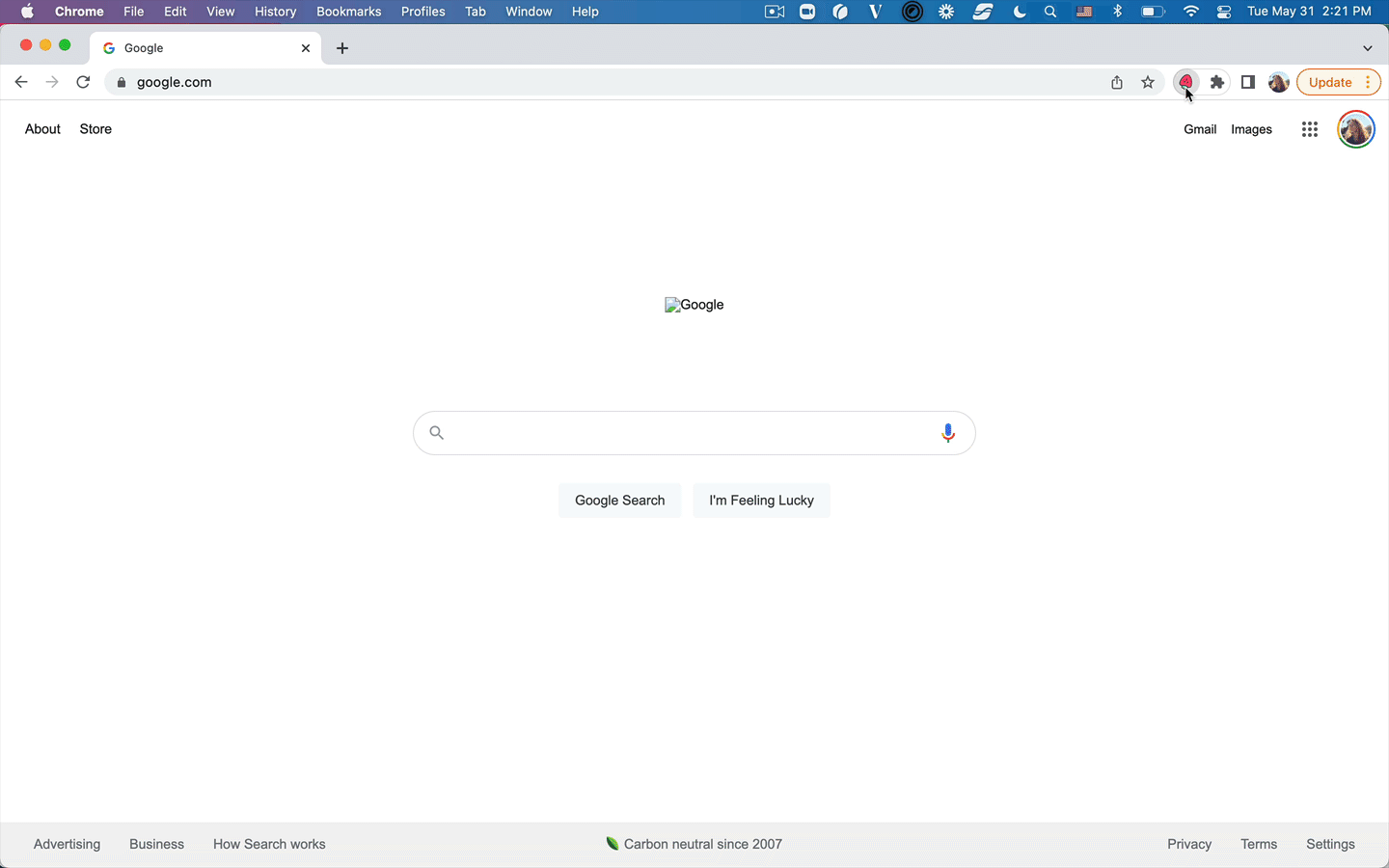11 tips for managing a remote team
Managing any team remotely comes with difficult challenges. Over the past few years many teams were hurled into a remote first way of working and had to figure things out for themselves.
If you’re not looking to optimize how you manage a remote team with best practices, follow these tips.
By incorporating these into your workflow you can ensure that your team stays connected, productive, and engaged.
Here are some tips to get the most out of managing a remote team:
Establish clear communication channels
When working remotely, it's important to have a clear way for team members to communicate with each other.
This can be through email, instant messaging, or video calls.
Make sure everyone knows how to use the communication tools and that they are regularly checking them.
It's also important to establish a regular schedule for team meetings or check-ins, whether it's daily or weekly, to ensure that everyone stays connected and on the same page.
Additionally, consider setting up virtual office hours where team members can drop in and chat, or have a dedicated channel for non-work related conversations to encourage social interaction among team members.
Set clear expectations
Without the ability to pop into someone's office and check in on their progress, it's important to set clear expectations for what needs to be done and when.
This can be done through weekly or daily check-ins, or through project management tools like Trello, Jira or Asana.
These tools can help the team to stay organized and on top of their tasks, and also ensure that everyone knows what their responsibilities are and what they should be working on.
Additionally, consider providing a detailed project plan with clear milestones and deadlines, and establish a system of regular progress reports to ensure everyone stays on track.
Encourage collaboration
Just because your team is working remotely doesn't mean they can't collaborate.
Encourage team members to share their ideas and work together on projects.
This can be done through virtual meetings or by using collaboration tools like Google Docs or Slack.
By encouraging collaboration, you'll be fostering a sense of teamwork and creating an environment where everyone feels invested in the success of the project.
Additionally, consider setting up cross-functional teams where team members can learn from each other and work together on projects, or establish a mentorship program where more experienced team members can help guide and support newer team members.
Trust your team
You can set the goals and keep track of your team's progress towards these.
Ultimately, remote work requires a higher level of trust in your employees.
For some managers, used to the old in-office way of things this can be a difficult transition.
Set a structured way for you to get updates on progress and key milestones.
Make sure you’re there to offer any support or answer any questions your team may have.
But beyond that it’s better to trust your team and let them get the work done as best they see fit instead of micromanaging everything remotely.
It’s better for morale and in the long run your trust in your team pays off in higher productivity.
Share the right tools
Seek out tools that fit into your remote work framework.
Features such as real-time collaboration, screen-sharing functionality or the option to draw/highlight on screen all have a higher importance to remote teams.
So make sure you use the right tools for the job.
If you run retros with your team I like to use a tool like TeamRetro.com. This provides a whole bunch of retro games you and your team can play with and offers real-time collaboration.
If you’re brainstorming or roadmap planning, then tools like miro.com are great. This provides a giant open canvas where you and your team can define the work together.
For bugs, demos and screen captures jam.dev is a great tool as you can easily share screen captures that include network and console logs, annotations or voiceover.
This is perfect for remote teams as you quickly provide all the context of a bug in one place. Or simply demo a functionality and share it with the team for feedback etc.

Provide support
Remote work can be lonely, and team members may need extra support.
Make sure that everyone has the resources they need to be successful, whether it be additional software or equipment, or more training on a specific topic.
It's also important to be available to team members when they need you, and to be responsive to their questions or concerns.
By providing support, you'll be fostering an environment where team members feel comfortable reaching out to you and feel confident in their ability to succeed.
Additionally, consider setting up an employee assistance program or offering mental health resources to support team members if they find the remote work is getting to them.
Agree a process for running important meetings
If you’re in software development you likely have some variation of daily stand-ups, planning sessions, refinement sessions, retros and show & tells/demos.
As a team/company (depending on the meeting in question) you should create a living document that outlines the best practices for each meeting.
For example, perhaps when refining a new feature there is an agreed-upon checklist of questions that always need to be asked and answered before a ticket can be considered fully refined.
Write down these questions in a wiki and refer to them during the meeting.
Likewise for every other recurring meeting. Open the process to feedback from the team and iterate it just like you would the product you’re building.
Some things will work and become the norm, some won’t and can be discarded or altered.
Either way, have an open process that everyone in the meetings is aware of.
Having these documented will also be a great aid to any new starters joining the team.

Encourage work-life balance
Remote work can blur the boundaries between work and personal time.
Encourage team members to take breaks and disconnect from work during non-working hours.
It's important for team members to have a balance between their work and personal life, in order to avoid burnout and maintain a healthy work-life balance.
Additionally, consider setting up a flexible schedule, where team members can choose their own working hours as long as they meet their deadlines and are available for meetings.
There are pluses and minuses to every approach, the point here is that you as a manager and a team consciously choose the type of balance.
If it’s left undefined then overtime bad expectations on team members can occur.
Explicitly state what is expected during work hours and non-wok hours.
Encourage team members to use their paid time off and to disconnect from work during weekends and holidays.
Remind them that it is not necessary to be always available and that they should take the time to recharge and take care of themselves.
Take your teams timezone distributions into account
Some companies have the concept of ‘core hours’. These hours could be, say 10am to 3pm EST. During these core hours everyone is expected to be online and open to join meetings and calls.
Depending on the distribution of your team this may or may not work. If you have people across 2 or 3 time zones that are next to each other it could work.
However, if you have people in timezones all across the world it will be difficult to find core hours that suit everyone.
Under this scenario a more asynchronous approach might be the best option.
Under an async approach the expectation of a real-time response is lessened.
Instead you reach out to someone and they reach back when it makes most sense to them. If they’re online it could be real-time, if it’s the middle of the night for them they’ll reply in the morning.
The key here is the expectation, this doesn’t mean there will never be any real time communication. It just has a different priority.
So be conscious of how your team is distributed throughout the country/world and adopt a communication style that makes the most sense.
You want to avoid the scenario where certain team members are consistently expected to work unsocial hours to accommodate other timezones expectations to be online at given times.

Provide regular feedback
It's important to provide regular feedback to team members, whether it be positive or constructive feedback.
This will help team members understand what they are doing well, and what areas they need to improve on.
This feedback can be provided through one-on-one meetings, team meetings, or through project management tools.
Additionally, consider setting up a system for peer feedback, where team members can give each other feedback on their work, or establish a rewards program for team members who go above and beyond their duties.
Consider quarterly/yearly meet-ups
Meeting up in person every now and then can be great for team cohesion and morale.
Depending on how your team and company are set up you should consider trying to arrange to meet up in person every now and then.
For many this might not be feasible but it’s something to consider if the resources are available.
For many working remotely your colleagues become just names and little icons on their screen. So meeting up in person every now and then provides that human touch and helps people to get to know each other outside the context of work.

Managing a remote team can be a bit tricky.
It requires a different approach than managing a team in the office but with these tips, you can ensure that everyone stays on track, productive, and well-connected.
Remember to be flexible and understanding, and to always keep the lines of communication open. That is the vital piece here, open and clear communication.
By fostering a positive and supportive environment, you'll be able to help your team members thrive in a remote work setting.
